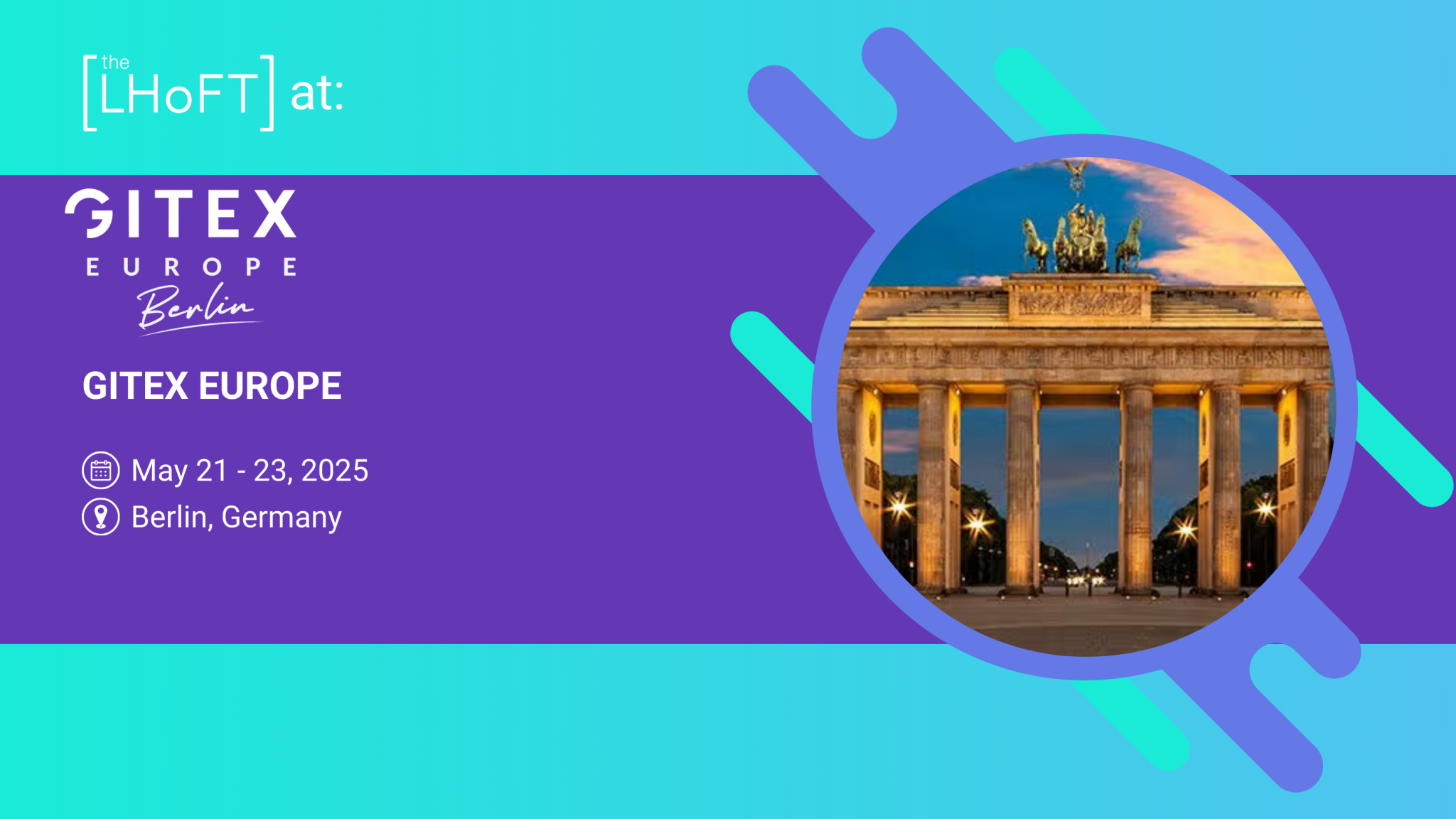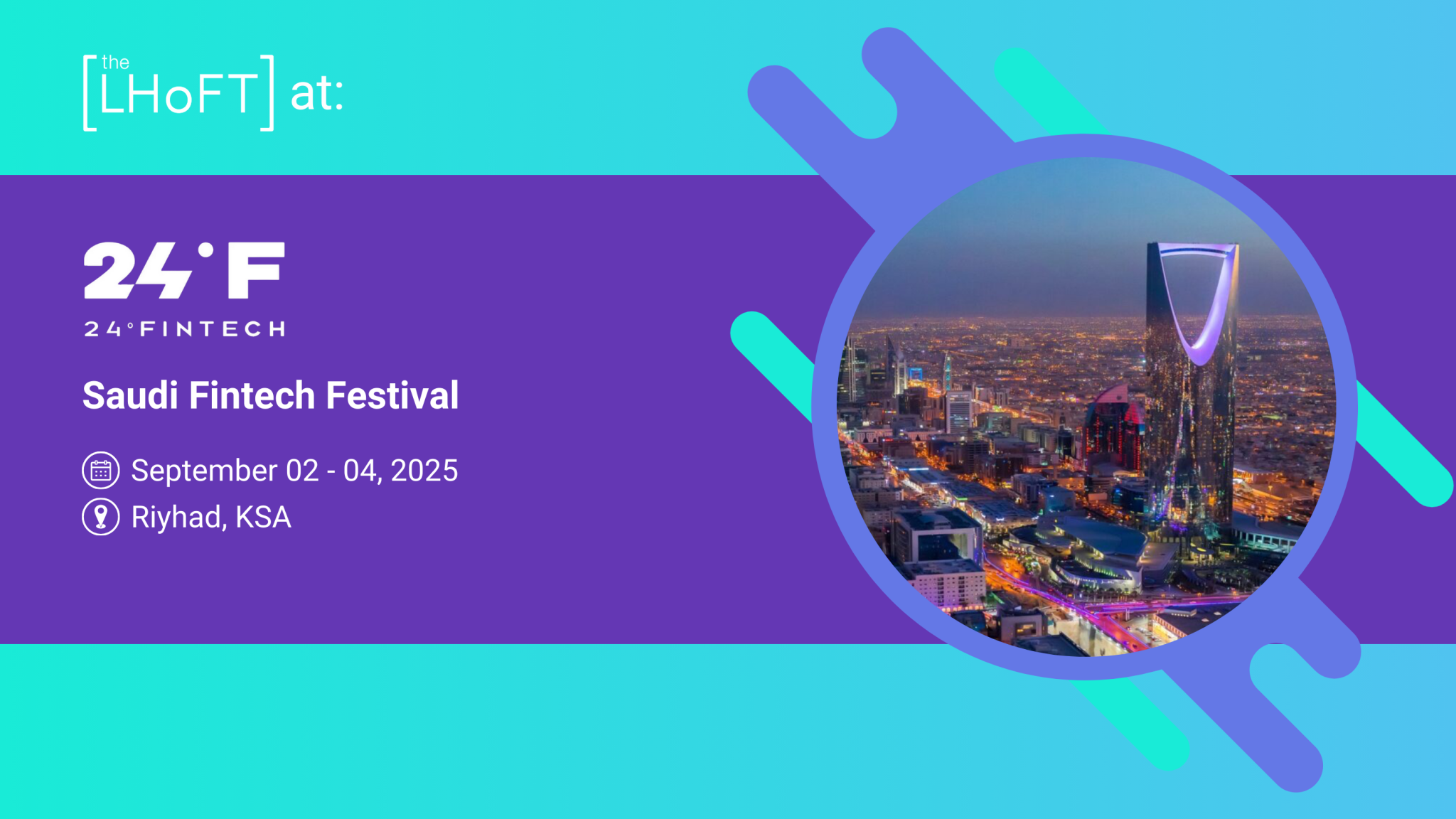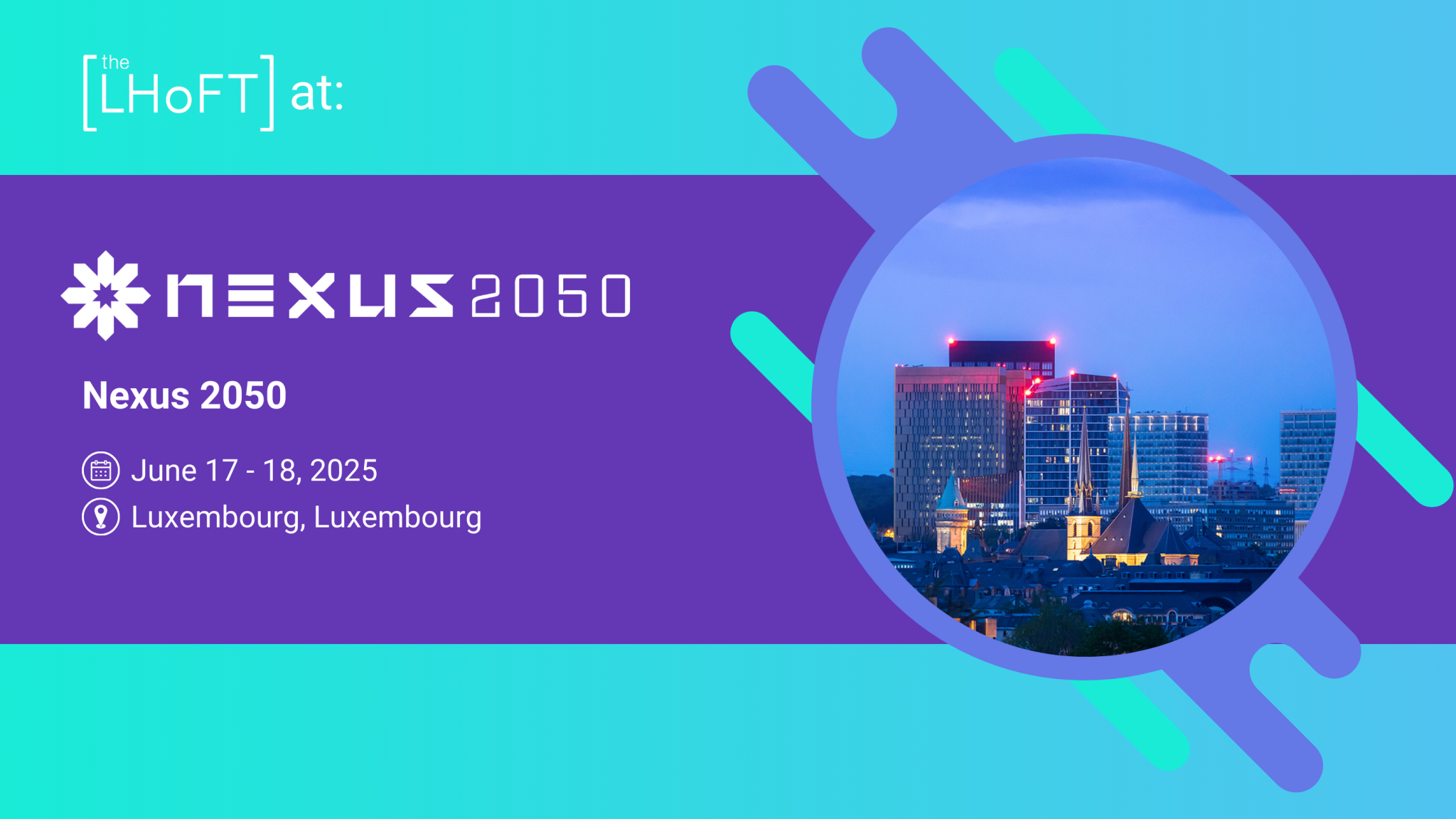Financial Inclusion: Driving the African Ecosystem Forward
Disruptive technologies, including blockchain, big data, and artificial intelligence re-shaped and re-leveled financial inclusion efforts, along with other parts of the financial sector.
The Universal Declaration of Human Rights covers a wide range of rights, including the right to work, freedom of speech and movement, right to a fair trial, access to health services and equal pay, and the right to a standard of living adequate for the health and well-being of himself and his family. There is little mention of a right to access basic financial services, including bank accounts or insurances in the Declaration, but yet the high barrier to participating in the traditional economy shows that access to basic financial services should too have been incorporated in the definition of human rights. In fact, EU regulations, Directive 2014/92/EU in particular, gives the European citizens the right to a payment account regardless of their place of residence or financial situation. Accordingly, the conditions applicable to holding a payment account with basic features shall be in no way discriminatory.
Looking around, Europeans’ right to access basic bank account services can be considered a luxury. More than 1 billion individuals globally are unbanked and not able to access basic financial services. According to CNBC, about 5.4% of U.S. households (around 7M individuals) were unbanked in 2019, the highest financial exclusion rate since 2009. In countries like Morocco, Egypt, Vietnam, and Mexico, the number of the unbanked population even reach above 60%, making the majority of the region underserved.
The lack of access to finance might depend on the lack of economic or technological resources, operational limitations, or the physical distance of the service providers. The individuals might be discriminated against due to their religion, race, ethnicity, culture, or gender. Sometimes the beliefs of the individual, like the lack of trust in the banks or financial illiteracy, can prohibit the individuals’ access to services.
When thinking about the underbanked and unbanked segments, the word “financial inclusion” (finclusion) echoes far and wide. In addition to overcoming the barriers for basic (account) services and serving the underserved, financial inclusion has the actual potential to support sustainable growth goals, balance wealth distribution inequality and simply encourage individuals to participate in the economy in their full capacity, using inclusive growth tools such as microfinance, alternative credit scoring methods or insurances.
Read more about financial inclusion here.
According to Baker McKenzie (2018), Sub-Saharan Africa is reported to have the second-highest population of unbanked adults in the world. Still, the figures are not disheartening considering the exponential growth in the past ten years. Looking at how the access to financial services rates improved in Africa thanks to FinTech, we can fully grasp the influence of technology and innovation on an ecosystem. The financial inclusion in Africa improved basic life quality in a developing ecosystem, and advanced the region into an innovation hub. “Africa” is the next big thing in FinTech, making it very attractive for European investors, development agencies and making it eligible to turn the theory of FinTech into practice. However, with current technological availability being exhausted by local entrepreneurs, emerging technologies like blockchain, artificial intelligence take over, unlocking a new level of financial inclusion.
Despite the emergence of innovative solutions driving the ecosystem forward, there is still a big FinServ gap in Africa. Deep tech applications have the potential to automate processes and lower costs for financial institutions, access new (underserved) customers, and create new opportunities.
How does Blockchain drive financial inclusion forward?
There are many FinTech related use cases for DLT, yet it is harder to put it in practice in developed economies due to regulations. In the long run, switching cross-border payment infrastructures to DLT in Europe could be cheaper, but it comes with high costs in developed regions due to systems being set-in-stone. However, in developing and more entrepreneurial economies like Africa, DLT can become a lifebuoy to close the financial service gap and significantly alter the end-user experience.
On the other hand, considering the regulatory concerns and the challenges with centralizing a decentralized system, creating blockchain related use cases on a blank page is much easier than a highly regulated ecosystem like Europe, which makes Africa a perfect venue for proof of concept.
Blockchain-based financial solutions can be distributed via mobile solutions in the regions, making it a perfect fit for Africa considering the mobile adoption rates in the region. Still, improving the number of smartphones remains a challenge that needs to be addressed to utilize DLT based solutions in Africa.
-
Use case: Making payments and remittances more accessible & economical
Cross-border payments and banking are a significant vertical in the African ecosystem due to economic dependence among countries in Africa and the growing migration rates to U.S. and Europe. However, it is slow and expensive for migrants and expats sending modest amounts back home, reaching up to 20% in transaction costs.
Due to its distributed nature, DLT has the potential to eliminate intermediaries and initiate cross-border transactions cheaper and faster. These solutions carry the potential to accelerate cross-border transactions further and allow locals to pay for foreign products without breaking the bank.
Central Bank Digital Currencies (CDBC) in particular have the power to enable financial inclusion, replacing the dependency on cash and cash reserves. Considering the high adoption rate of mobile money and the doors it opened, the use of CDBC is expected to further improve the payment vertical, boosting interoperability, reducing costs and risks.
-
Use Case: Digital Identities
A serious barrier to enabling financial services, the lack of identification for individuals, is a challenge on its own. The World Bank estimates over one billion individuals lacking official identity documents (2019). Officially “non-existent” individuals are automatically assumed to be included in the non-banked segment due to being blocked at the KYC step, not being able to prove their identification.
The latest research regarding optimizing identifications points us towards blockchain: blockchain can be used to create, encrypt and store identification data reliably and efficiently, minimizing the risks for developing a central database. Estonia and Canada led the implementation of blockchain-based digital identities resulting in a proof of concept. The use of DLT combined with biometric data for digital identities hit two birds with one stone: creating reliable, self-governing identification for an individual and enabling financial services in parallel. Secure and cost-efficient identities can be accessed anytime via a smartphone.
On the other hand, blockchain-based digital identities can reduce the costs for financial institutions due to minimized risk and cyber-security and optimized KYC processes. When spread across the region, digital identities have the power to enhance remote banking operations, killing the branch-based operations once and for all.
Sierra Leone is already leading the way to include “unverified and unbanked” in the system. Since 2019, they have been piloting “Africa’s first blockchain and decentralized digital identity implementation, which is designed to provide citizens with formal identity, control over their credit information, and access to digital financial services.” It is only a matter of time that similar initiatives pop up across the continent.
-
Use Case: Wealth Preservation
Considering the high adoption rates of mobile money (M-pesa) and cryptocurrency solutions, virtual money has an enormous prospective in Africa for wealth preservation and investment reasons. Especially in regions with high inflation rates and political volatilities, crypto becomes an attractive alternative for avoiding currency instability. The easy access makes crypto a preferable investment tool; however, its volatile and manipulative nature doesn’t make it available to all retail investors.
-
Use Case: Lending
Most African economies depend on SMEs, who are not able to provide credit histories in the traditional manner. The traceability aspect of blockchain gets the individuals that are excluded from the lending segment back in the game, providing a consistent source, as proven by the Kiva team.
The use of DLT additionally makes lending feasible in cases where process costs do not justify the micro/small amounts for traditional finance. Automated processes lower the costs and allow the service providers to assess the risk accurately, filtering only the absolutely necessary applications, making lending services more accessible for a wider group, and eliminating discrimination against small lenders.
How does Big Data & AI drive financial inclusion forward?
The combination of Big Data & artificial intelligence (AI) can automate mundane tasks and processes beyond imagination. In case of financial inclusion, artificial intelligence can level up (micro)lending, credit scoring processes, removing the frictions of human based risk decisions from the process and unnecessary caution which led to the exclusion of perfectly eligible customers from the lending market.
The biggest challenge for traditional financial institutions with low-income and self-employed customers is the risk assessment and management aspect. Traditional finance tends to avoid these vulnerable groups due to the lack of dependable and consistent data or the lack of ability to utilize data to the customer’s advantage. However, the use of artificial intelligence can recalibrate risks and thus allow vulnerable groups to benefit from traditional financial services due to the models using data gathered from a wide range of resources and effectively analyzing it. The models using artificial intelligence will be more efficient, reliable, more economical, and faster, opening the doors of the financial value chain to a whole new group of customers.
Financial Inclusion in Africa: This is just the beginning
“Disruptive technologies” remain disruptive when combined with the right use case and business models. In the past years, the success with early adoption, the entrepreneurial mindset and the region’s openness made Africa an excellent playground for financial inclusion. A lot was achieved, but there is still a lot more to do, making the region the go-to place for testing new use cases and an attractive place for investments. In fact, Africa is designated as the most emerging FinTech market since China. Combining the risk-inclined attitude with the developing economy and the service gap, the situation creates a unique potential for (local and locally-operating) FinTechs. The use of innovative tools like mobile money already helped the ecosystem fast-track the value chain progress in the first financial inclusion wave. In the second wave, DeepTech can single handedly leverage financial inclusion in Africa while offering an eligible testing setup for new use cases and high ROIs for investors. This will result in complete financial freedom.
Realizing the ecosystem’s potential, European investors started lining up, trying to reveal the next-gen innovators, who will eventually become beacons and role models for Europe and other geographies.
Are you passionate about financial inclusion and working on a solution that will bring Africa one step closer to closing the financial gap? The application for the FinTech development program produced by the LHoFT Foundation is open.
Mindful of the opportunities in the ecosystem, the LHoFT has been running a FinTech development focused financial inclusion program for African startups for the past years. CATAPULT: Inclusion Africa offers financial inclusion startups an eight-day bootcamp in Luxembourg, covering a range of broad topics that will include business model mapping, scaling strategies, peer due diligence processes, inevitability assessments, business plan presentation, legal strategy, pricing, HR policy, and marketing strategy. Being introduced to a broad financial network and benefiting from PR initiatives, participating Fintechs get a head start in the market and join a robust, collaborative ecosystem.
The program started accepting applications for the 2021 batch, which is scheduled between May 19th-28th this year. Having hosted many outstanding companies enhancing financial inclusion in the years before, Luxembourg is ready to welcome the next cohort of innovation pioneers fully digitally this year.
Header image by Benjamin Dada








